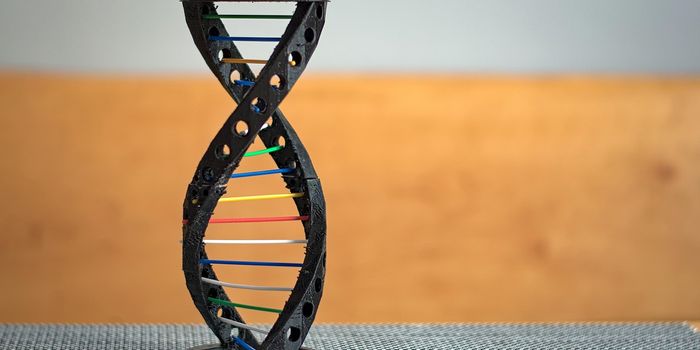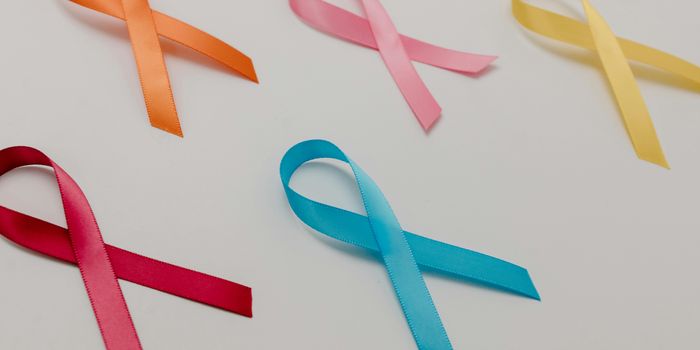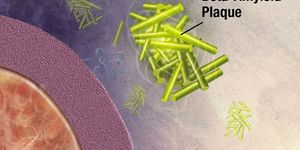Researchers at Lund University in Sweden recently announced the discovery of
two new types of childhood blood cancers. The discovery was made possible by the next generation sequencing (NGS) platform, which has revolutionized the medical and diagnostic field even in the past few years. With this discovery, the team hopes to enable more personalized treatment and overall outcome of these childhood cancers.

Though considered a rare disease, acute lymphoblastic leukemia (ALL) is the most common form of childhood cancer, peaking in early childhood between the ages of 2 and 4. The cancer involves the overproduction of immature white blood cells in the bone marrow. These cancerous cells invade the blood and other organ systems, causing massive cell death and damage in a short amount of time.
Fortunately, doctors have an arsenal of weapons that are effective against ALL. These include radiation therapy, bone marrow transplantation, and chemotherapy agents like methotrexate, vincristine, and cytarabine. Targeted drugs like Gleevec are also effective against ALL, and have the benefit of less side-effects than traditional chemotherapy. With treatment, the 5-year survival rate for the majority of ALL patients is 70 percent. However, treatments and outcome vary depending on the ALL type. Thus, knowing the possible subtypes of ALL is highly informative for doctors and patients.
"Like all types of cancer, childhood leukemia is caused by genetic mutations in normal cells, which are then transformed into cancer cells. Finding the critical mutations in the diseased cells is an important condition for understanding the mechanisms of the disease and ultimately discovering new therapies," said Thoas Fioretos, professor and senior consultant at the Division of Clinical Genetics, and senior study author.
In sequencing leukemia cells from 283 children, Fioretos’ team uncovered two new genetic mutations that cause the childhood cancer. "One type occurs when a gene called
DUX4, which is normally inactive in blood cells, becomes activated when the gene is relocated in the genome. The second type resembles a previously known type of childhood leukemia, but is caused by other genetic mutations," said Henrik Lilljebjörn, first author of the study. Per their report in
Nature Communications, the second mutation involves the ETV6 and RUNX1 genes.
"Over the last few years, our research group has worked extremely intensely on this study, which would not have been possible without collaboration with several other researchers at Lund University, Skåne University Hospital, and research groups in Germany," said Fioretos, who recently presented a
webinar for LabRoots.
So far scientists know of six major types of childhood ALL. The new study adds significantly to what’s known, which will hopefully lead to better diagnosis and treatment of the disease in children.
Additional source:
Science Daily
 Though considered a rare disease, acute lymphoblastic leukemia (ALL) is the most common form of childhood cancer, peaking in early childhood between the ages of 2 and 4. The cancer involves the overproduction of immature white blood cells in the bone marrow. These cancerous cells invade the blood and other organ systems, causing massive cell death and damage in a short amount of time.
Though considered a rare disease, acute lymphoblastic leukemia (ALL) is the most common form of childhood cancer, peaking in early childhood between the ages of 2 and 4. The cancer involves the overproduction of immature white blood cells in the bone marrow. These cancerous cells invade the blood and other organ systems, causing massive cell death and damage in a short amount of time.







